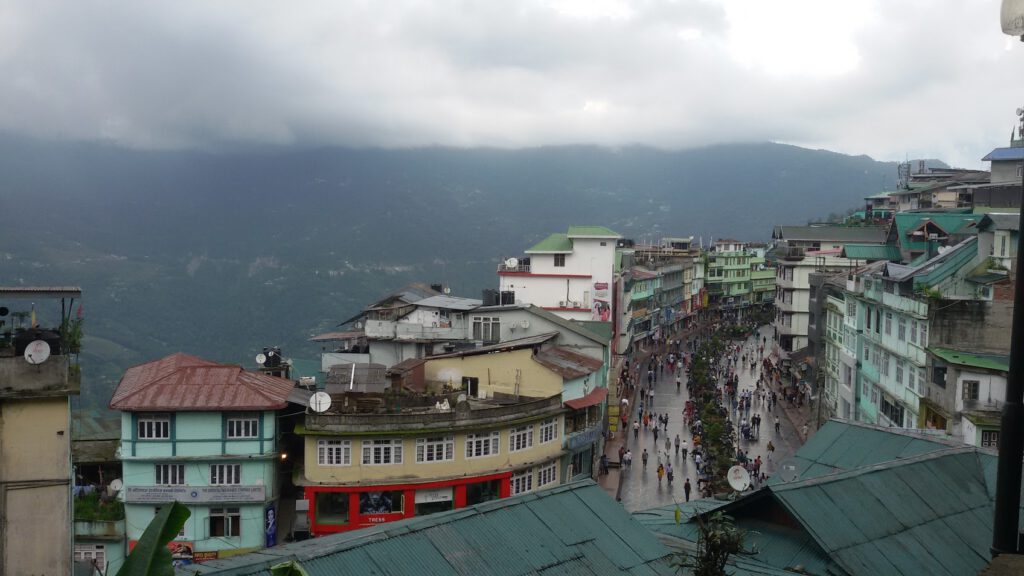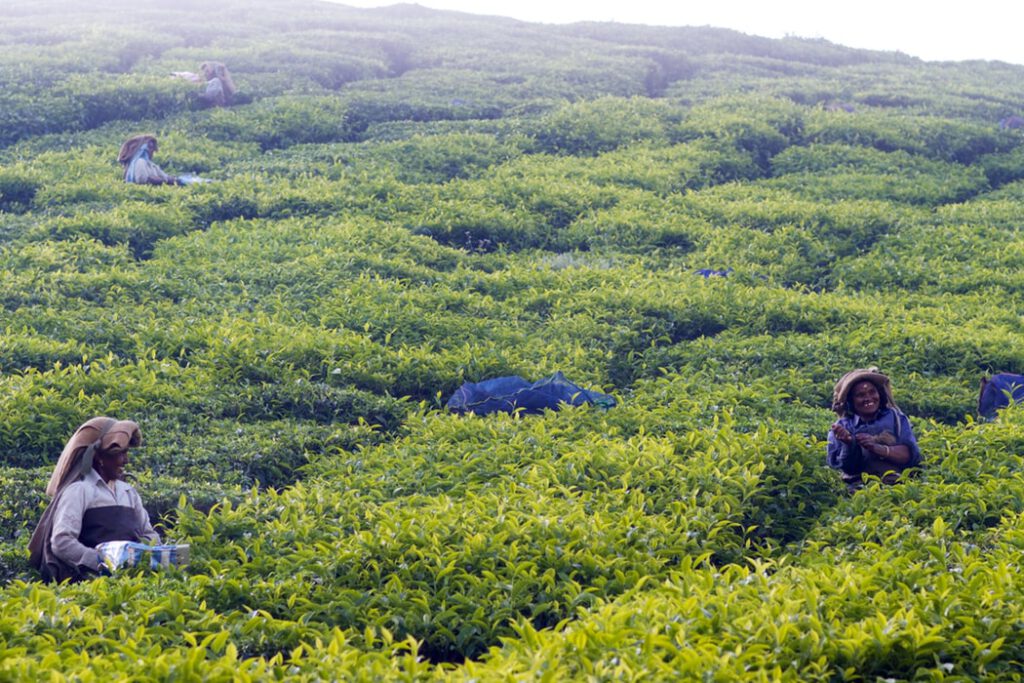The Sikkim is richly endowed with rare and exotic flora and fauna, which includes 5,000 species of flowering plants, 515 rare orchids, 60 primula species & 36 rhododendron species. This makes it one of the leading states in the Northeast region in terms of production & supply of cut flowers to mainland consumer markets. Tourism in Sikkim has emerged as the new profession of the Sikkimese people with its vast natural potential.
Darjeeling is a town in India’s West Bengal state, in the Himalayan foothills. Once a summer resort for the British Raj elite, it remains the terminus of the narrow-gauge Darjeeling Himalayan Railway, or “Toy Train,” completed in 1881. Its backdrop is Mt. Kanchenjunga, among the world’s highest peaks.
Buddhist monasteries in the area include Bhutia Busty Gompa, known for its colorful murals and library full of rare texts. Another monastery, Ghoom Gompa, contains a 5 m-high clay statue of the Maitreya Buddha. Darjeeling’s colonial architectural heritage includes mock-Tudor houses, Gothic Victorian churches such as St. Andrew’s, and the opulent Raj Bhavan, which still serves as the Governor’s summer residence. Padmaja Naidu Himalayan Zoological Park is home to snow leopards, red pandas, and Tibetan wolves. Darjeeling is also a popular base for treks and climbing expeditions in the mountainous state of Sikkim.
Itinerary
Day 1: Arrive at Pashupati Nagar Airport or Kakarvitta (Nepal/ India Border) and drive to Gangtok.
Day 2: Sightseeing & Explore in Gangtok.
Day 3: Sightseeing & Explore in Gangtok.
Day 4: Drive Gangtok to Darjeeling.
Day 5: Sightseeing & Explore in Darjeeling.
Day 6: Drive to the Nepal border or onward to your own destination.




Write a Review